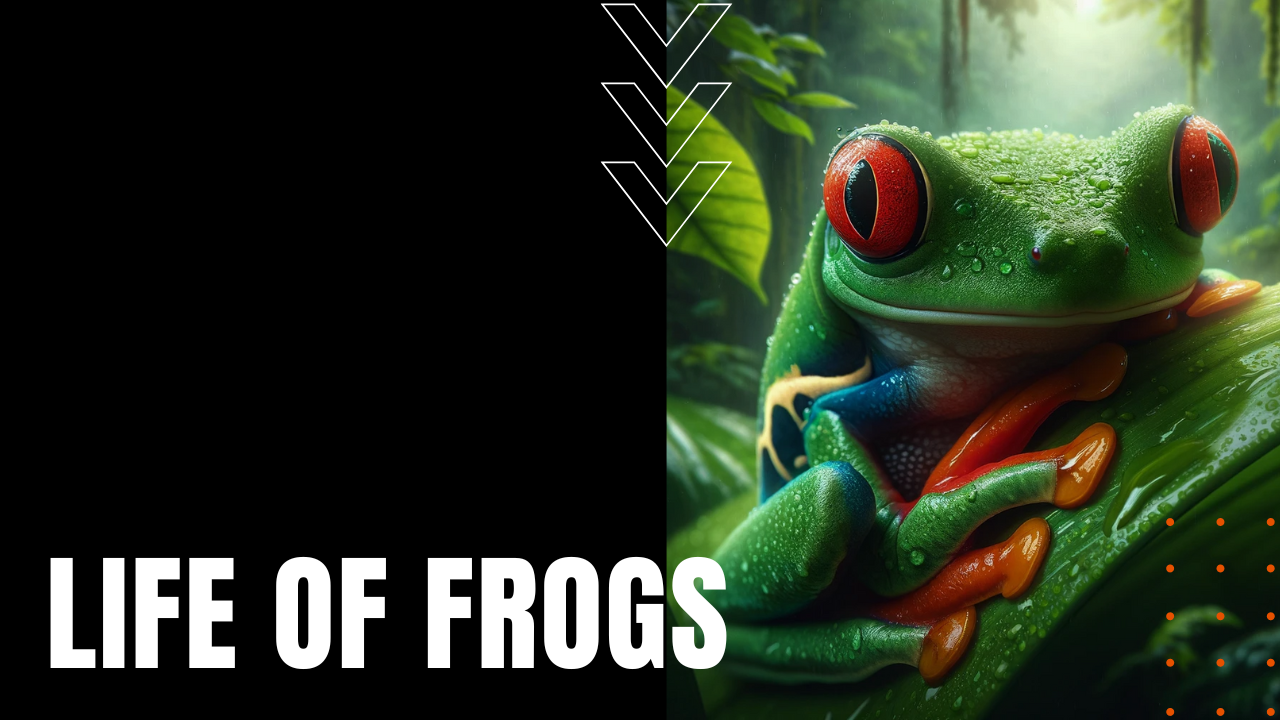The Life of Frogs

Of the more than 7,000 known species of frogs, the oldest proto-frog fossil dates back to the Early Triassic Period of Madagascar, while molecular clock dating suggests that frogs split from other amphibians during the Permian Period—the last period of the Paleozoic Era—some 265 million years ago. Found on every continent except Antarctica, frogs make up a diverse and largely carnivorous group of tailless amphibians of the order Anura—comprising a staggering 88% of all known amphibians—making them one of the top five most diverse vertebrate orders.
Unique Frog Calls
Cold-blooded like reptiles, some species can live up to 10 to 12 years, while the largest known frog species can a weight of reach seven pounds at full maturity. Each species of male frog have a unique croak or frog call designed to attract females of the same species during mating season, and once fertilized, females lay jelly-like, shell-less eggs in water or moist environments vital to their survival. Hatching as tadpoles after several weeks gestation, tadpoles breathe through gills much like fish, surviving only as long as they water to swim in.
Fascinating Metamorphosis
Over the next few months of metamorphosis, tadpoles grow legs, develop lungs, resorb their tails and begin to make their way onto dry or semi-dry land. Considered a wonder of adaptation and evolution, a frog’s skin consists of a rich microbiome important to their health and survival. Able to breathe through their skin in water or moist environments, oxygen passes directly into their bloodstream, yet at the same time, frogs are capable of breathing through their nose and mouth, although with far less efficiency than their skin.
Threatened Species
While more than 120 species of frogs are believed to have reached full extinction since the 1980s, frogs continue to be threatened by habitat erosion and pollutants such as petroleum products, insecticides, pesticides, fertilizers and detergents. Longterm studies indicate that frog populations have declined dramatically since the 1950s—pointing to larger ramifications of global environmental decline—with more than one third of frog species now considered to be threatened by possible extinction. Malformations have also arisen in recent years due to a fungal disease known as chytridiomycosis, making the life of frogs, an ancient yet continuously threatened wonder of nature.
